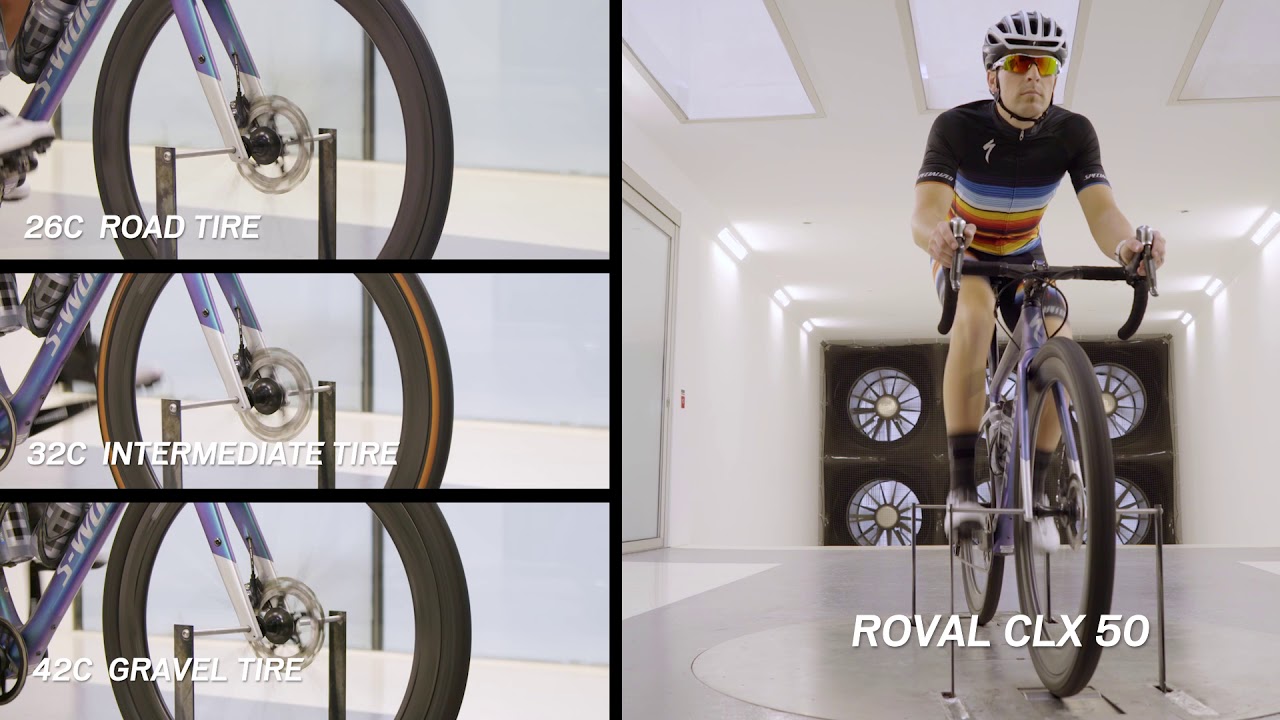Here I’m thinking about rim-brake aluminum rims with 32-35 mm tires. But my question is more general. Obviously rims can be aero-optimized for tires in 32-35mm width range. But without aluminum rims wide enough to be optimal for these tire widths, are some rims still meaningfully more-aero than others, or are box-section rims just as aero, once the tires get a certain amount wider than the rims?
Aluminum rims are understandably not at the bleeding edge of optimization, because there’s limited high-end demand and because there’s more weight penalty to making deeper/wider rims out of aluminum than there is for carbon.
At some tire width, aero-optimized rims (even when made out of carbon) cease to make sense because the required depth would have crosswind downsides. If I remember correctly, Zipp 303 XPLR wheelset brought less aero benefit than would be expected because optimal depth could pose crosswind-stability problems. At wider widths, downhill MTB rims seem fairly low-profile, despite competition involving seriously high speeds.
I’m curious whether aluminum rims with 32-35mm tires may be in a similar category. Nice aluminum rims seem to top out around 25mm external width (HED Belgium, Velocity Quill, Boyd Altamont, all measuring 21mm internal). Once the tire is already “bulbing” 3mm on each side (with a measured-32mm tire), is a 25mm-wide rim still more aero than, say, a similarly-shaped 22mm-external DT Swiss R460 rim? I could imagine this might still matter with a 32mm tire, but less with 35mm tire that bulbs-out 5mm on each side.
Also, how much does rim depth matter once the tire is wider than the rim like that? Would (for example) a Kinlin XR31T (31mm depth, 24mm width) be more aero than a DT R460 (23mm depth, 22mm wide) when used with a 35mm tire? Or might a box-section rim (e.g., 23mm-external H+Son TB14, 14mm depth) be just as aero once the tire is enough wider than the rim?
My questions may be in a weird middling zone, about a technology that isn’t used anymore for high-performance-optimized applications, so it’s possible the answer is not known (though in principle knowable if someone had incentive to do the testing).
